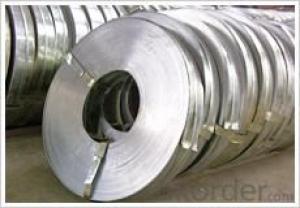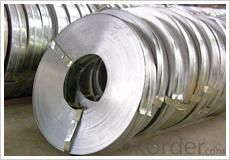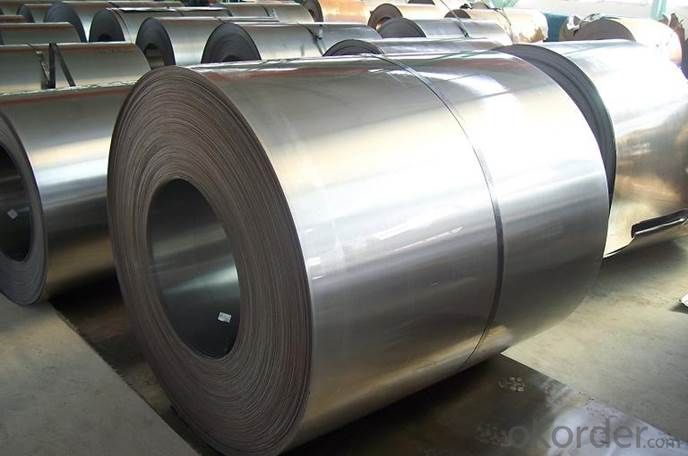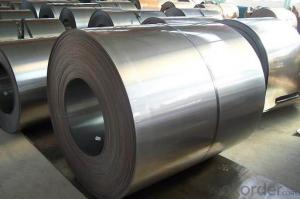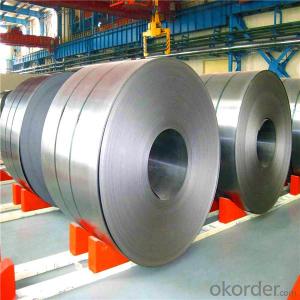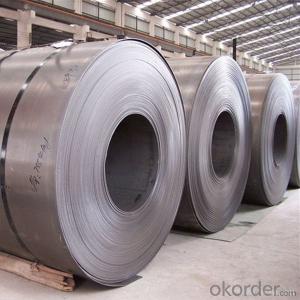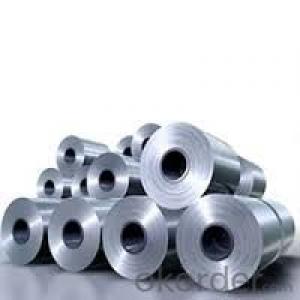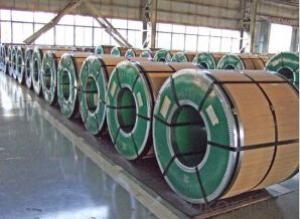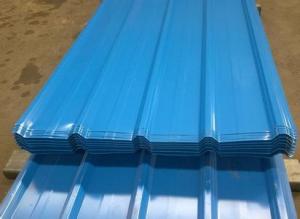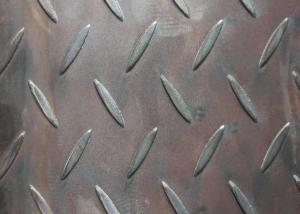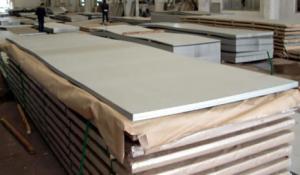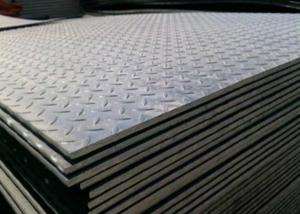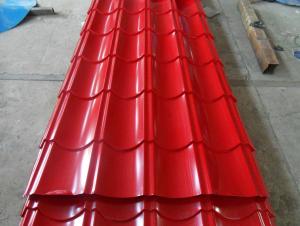Prime Cold Rolled Steel Coil
- Loading Port:
- China Main Port
- Payment Terms:
- TT OR LC
- Min Order Qty:
- -
- Supply Capability:
- -
OKorder Service Pledge
OKorder Financial Service
You Might Also Like
Specification
Product Name | Cold Rolled Sheet Coil |
Material | SPCC/SPCD/SPCE/DC01/ST12/ ST14/SPCD/DC03/DC04 ect. |
Grade Standard | JIS G3302, EN10142, ASTM653, ASTM95 |
Thickness | 0.15-3.5mm |
Width | 600mm-1500mm |
Coil ID | 508-610mm |
Coil OD | max 1500mm |
Weight | 3-10 Tons |
Tolerance | Thickness tolerance:+/-0.02mm; Width tolerance:+/-5mm |
Surface | No-skin passed or Skin passed, Tensile leveled |
Surface Treatment | Chromate/Unchromate passivation, fingerprint resistant treatment, oiled/unoiled |
Annual Output | 350,000MT |
Application | Construction, hardware, home applicances, interior decoration |
General Application of Cold Rolled Steel Coil:
Classification | Designation | Characteristics | Main applications |
Commercial quality | SPCC SPCCT | Commercial quality suitable for bending fabrication and simple forming; this is the type in greatest demand. | Refrigerators, cabinets, power distribution baords and drums. |
Drawing quality | SPCD | Drawing quality second only to that of SPCEN. Excellent uniformity. | Automobile floor and roof panels. |
Deep-drawing quality | SPCE SPCF | Deep-drawing quality.With metallurgically controlled grain size, it retains its beautiful finish even after being deep-drawn. | Automobile fenders and quarter panels |
Extra deep-drawing quality | SPCG | Extra-low-carbon steel sheets with highest workability | Automobile internal panels and deep-drawn parts |
- Q: What is the typical cost of steel sheets compared to aluminum?
- Compared to aluminum, steel sheets generally have a lower typical cost. Steel, known for its strength, durability, and affordability, is widely used in construction and manufacturing. Steel sheets are easily obtained in various grades and thicknesses, making them more economically advantageous. Conversely, aluminum, a lightweight and corrosion-resistant metal, is highly sought after in industries like aerospace and automotive. However, the production and processing of aluminum are more expensive than steel, resulting in higher costs for aluminum sheets. Ultimately, the price disparity between steel and aluminum sheets hinges on factors such as market demand, current metal prices, and specific project or application requirements.
- Q: What is the maximum thickness available for steel sheets?
- The maximum thickness available for steel sheets varies depending on the specific type of steel and the manufacturing capabilities, but it can range from a few millimeters to several inches.
- Q: Are steel sheets suitable for railway carriages?
- Indeed, railway carriages find steel sheets to be a fitting option. The robustness, resilience, and capacity to endure the ceaseless strain linked with train operations render steel a favored material for these carriages. Steel sheets provide the essential structural strength to uphold the carriage and its occupants, simultaneously safeguarding against impacts and harsh weather conditions. Furthermore, steel boasts relative cost-effectiveness and widespread accessibility, rendering it an optimal selection for the creation of railway carriages.
- Q: Can steel sheets be bent or folded?
- Yes, steel sheets can be bent or folded to a certain extent depending on their thickness and tensile strength.
- Q: Can steel sheets be used in earthquake-resistant construction?
- Yes, steel sheets can be used in earthquake-resistant construction. Steel is a strong and durable material that has been widely used in seismic design and construction. Steel sheets can be used as structural elements in the form of beams, columns, and bracings, providing stability and strength to the building. Steel has several properties that make it suitable for earthquake-resistant construction. Firstly, steel is flexible and ductile, which means it can deform without breaking under the stress of an earthquake. This flexibility allows steel structures to absorb and dissipate seismic energy, reducing the impact on the building and minimizing damage. Additionally, steel has a high strength-to-weight ratio, which means it can withstand large forces while being relatively lightweight. This is beneficial in earthquake-resistant construction as it helps to reduce the overall weight of the structure, which in turn reduces the seismic forces acting on the building. Moreover, steel is a homogeneous material, which means it has consistent properties and behavior throughout its structure. This allows for accurate and predictable analysis and design of steel structures, ensuring that they can withstand seismic forces. Furthermore, steel structures can be designed and constructed with specific earthquake-resistant features, such as base isolation or energy dissipation devices, to further enhance their seismic performance. These features help to absorb and dissipate seismic energy, reducing the impact on the structure and improving its resistance to earthquakes. In conclusion, steel sheets can indeed be used in earthquake-resistant construction. Their flexibility, strength, and ability to dissipate seismic energy make them a suitable material for withstanding earthquake forces and ensuring the safety and stability of buildings in seismic areas.
- Q: How are steel sheets measured for thickness?
- Steel sheets are typically measured for thickness using a gauge or caliper. The most common method is the gauge system, which uses a numerical value to represent the thickness of the steel sheet. The gauge number is inversely proportional to the thickness, meaning that a higher gauge number indicates a thinner sheet. For example, a 14-gauge steel sheet is thicker than a 20-gauge sheet. To measure the thickness using a gauge, a small tool called a sheet metal gauge is used. It consists of a series of notches or slots, each representing a specific gauge number. The gauge is placed against the edge of the steel sheet, and the corresponding slot that the sheet fits into indicates its thickness. Another method to measure steel sheet thickness is by using a caliper. A caliper is a precision instrument with two jaws that can be adjusted to measure the distance between them accurately. When measuring the thickness of a steel sheet with a caliper, the jaws are gently closed around the sheet, and the measurement is read from the caliper's display. Both the gauge and caliper methods allow for accurate measurements of steel sheet thickness, enabling manufacturers, engineers, and other professionals to determine the appropriate sheet for their specific applications.
- Q: Can the steel sheets be used for metal stamping?
- Yes, steel sheets can be used for metal stamping. Steel is a commonly used material for metal stamping processes due to its durability and strength. The steel sheets are typically cut into specific shapes and sizes, and then undergo a stamping process where a die and punch set are used to form the desired shape on the steel sheet. This process can be used to create various products such as automotive parts, household appliances, and industrial components.
- Q: Are steel sheets suitable for elevator shafts?
- Indeed, elevator shafts can be suitably constructed using steel sheets. Steel, renowned for its robustness, endurance, and fire-resistant qualities, is extensively utilized in the construction sector. Considering the demands of elevator shafts, which necessitate a material capable of enduring substantial weights, maintaining structural integrity, and meeting safety regulations, steel sheets perfectly meet these prerequisites. Opting for steel sheets grants the flexibility to fabricate them into the desired dimensions and contours, facilitating creative design possibilities. Moreover, steel is effortlessly maintainable and repairable, guaranteeing the prolonged lifespan of the elevator shaft.
- Q: Are steel sheets suitable for bulletproof applications?
- Yes, steel sheets are commonly used in bulletproof applications due to their high strength and durability. They provide excellent protection against bullets, making them suitable for various bulletproof applications such as armored vehicles, body armor, and bulletproof barriers.
- Q: Are steel sheets resistant to discoloration from sunlight?
- Yes, steel sheets are resistant to discoloration from sunlight.
Send your message to us
Prime Cold Rolled Steel Coil
- Loading Port:
- China Main Port
- Payment Terms:
- TT OR LC
- Min Order Qty:
- -
- Supply Capability:
- -
OKorder Service Pledge
OKorder Financial Service
Similar products
Hot products
Hot Searches
Related keywords
